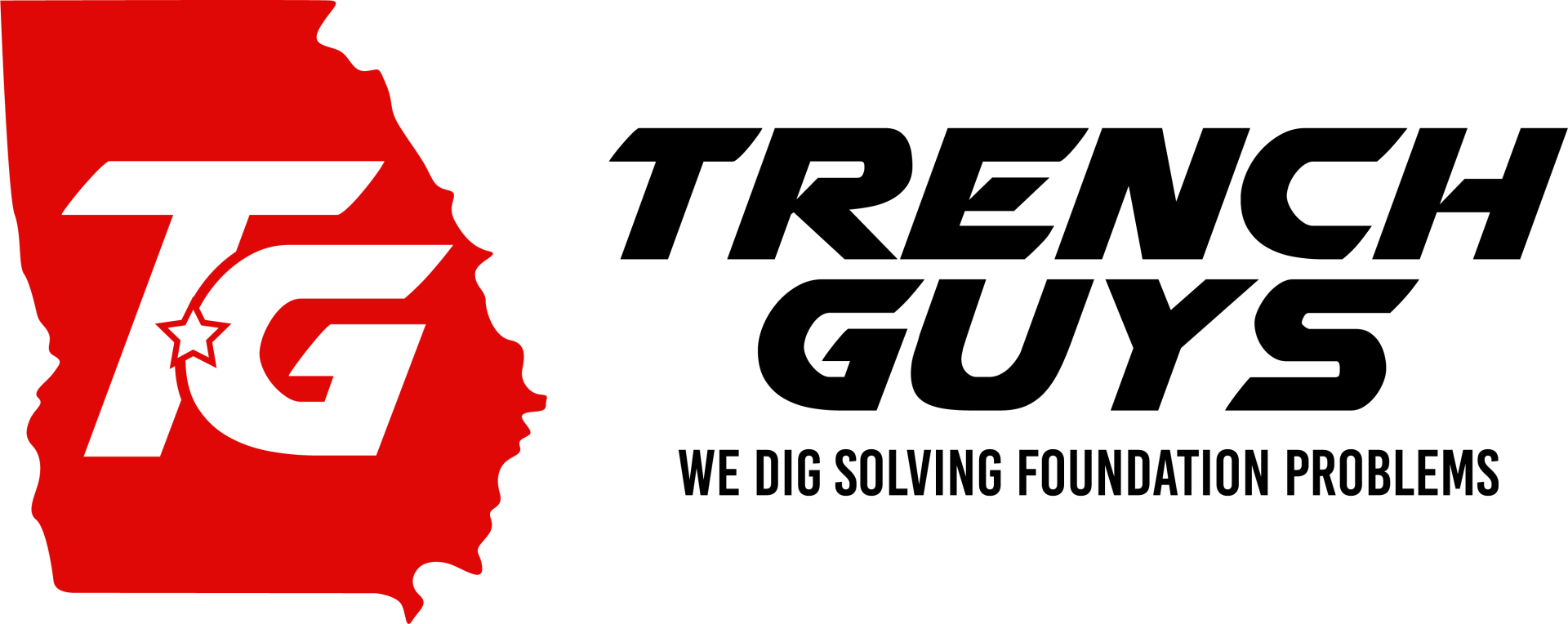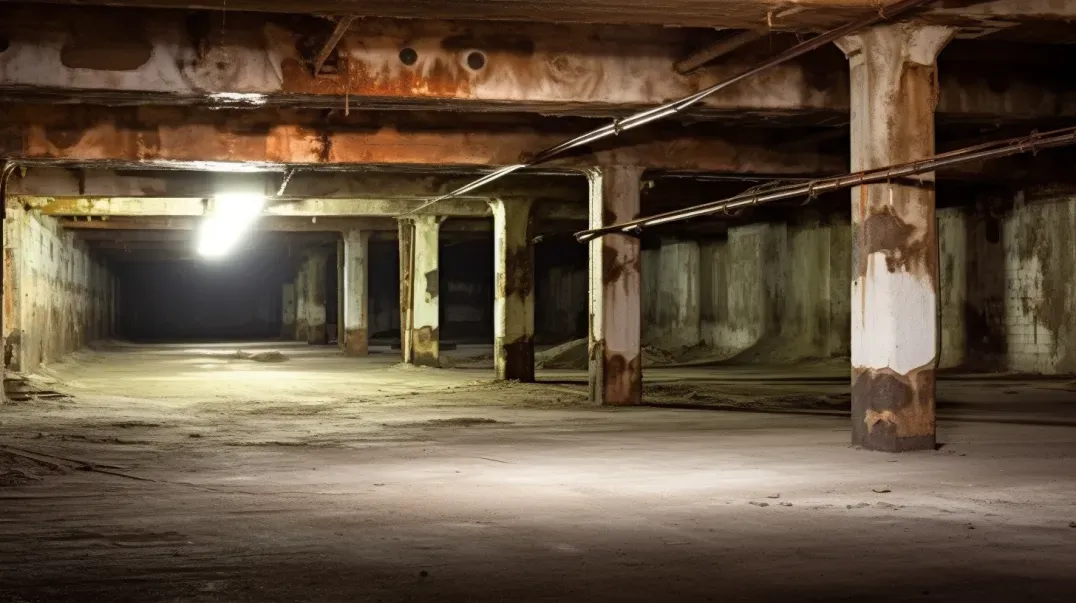In the intricate ecosystem of a home, every element plays a pivotal role in ensuring the structure's integrity, the health of its inhabitants, and the efficiency of its energy use. Among these elements, proper crawl space ventilation emerges as a critical, yet often overlooked, component. This blog delves into the significance of maintaining well-ventilated crawl spaces, shedding light on how this practice not only safeguards your home's foundation but also contributes to a healthier living environment and more effective energy consumption.
Crawl spaces, the narrow areas found beneath many homes, serve as a foundational layer that holds significant potential for moisture accumulation. Without adequate ventilation, these spaces can become breeding grounds for mold, mildew, and wood rot, each posing serious threats to both the structural integrity of your home and the health of its residents. Furthermore, improperly ventilated crawl spaces can lead to inflated energy bills, as excess moisture and inadequate air circulation strain heating and cooling systems.
This blog aims to equip homeowners with essential knowledge and practical advice on crawl space ventilation. By exploring the underlying principles of why ventilation is necessary, the potential risks of neglect, and the benefits of proper maintenance, we strive to highlight the indispensable role that crawl space ventilation plays in preserving the longevity, safety, and comfort of your home. Join us as we navigate through the complexities of crawl space ventilation, offering insights and solutions to ensure your home remains a healthy, efficient, and stable sanctuary.
Recognizing the Importance of Crawl Space Ventilation
The health of a home is significantly influenced by factors often hidden from the naked eye. Among these, crawl space ventilation plays a pivotal role, directly impacting the overall well-being of the structure and those living within it. Proper ventilation in these underappreciated spaces is crucial for maintaining air quality, controlling moisture levels, and preserving the structural integrity of your home.
The Role of Ventilation in Home Health
Impact on Air Quality:
Crawl spaces with inadequate ventilation can harbor a variety of air pollutants, including mold spores, mildew, and other volatile organic compounds (VOCs). These contaminants can infiltrate the living spaces above, compromising indoor air quality and potentially leading to health issues for the inhabitants, such as allergies, respiratory problems, and other ailments. Ensuring proper ventilation helps in mitigating these risks, circulating fresh air throughout the crawl space and minimizing the accumulation of harmful pollutants.
Moisture Control:
One of the primary functions of crawl space ventilation is to reduce moisture levels. Excess humidity in these areas can create an ideal environment for mold and mildew growth, as well as attract pests. Over time, moisture can also lead to the deterioration of wooden structures, including beams and flooring, posing a significant risk to the home's structural integrity. By facilitating the flow of air, proper ventilation helps in keeping the crawl space dry, protecting the home from these moisture-related issues.
Structural Integrity:
The foundation and supporting structures of a home are susceptible to damage from excessive moisture and pest infestations, both of which are mitigated by effective crawl space ventilation. Dry, well-ventilated spaces are less likely to experience the wood rot and decay that compromise a home's stability. Thus, maintaining a ventilated crawl space is integral to ensuring the longevity and safety of the building.
The Cost of Neglect
Ignoring the importance of crawl space ventilation can lead to a host of problems, each carrying significant long-term consequences. The accumulation of moisture not only facilitates the growth of mold and mildew but can also weaken the home's foundation and structure, leading to costly repairs. Furthermore, the deterioration of air quality within the home can have direct impacts on the health of its residents, potentially leading to increased medical expenses and a reduced quality of life.
The financial implications of neglecting crawl space ventilation extend beyond immediate repair costs. Homes with well-maintained crawl spaces often have higher market values and are more appealing to buyers, highlighting the economic benefit of proper ventilation. Investing in the health of your crawl space is, therefore, not only a measure to protect your home and family but also a wise financial decision.
Mistake 1: Inadequate Ventilation
One of the most common yet critical mistakes homeowners make is neglecting the ventilation of their crawl spaces. This oversight can lead to a myriad of problems, affecting everything from the home's structural integrity to the health of its inhabitants. Understanding the risks associated with inadequate ventilation and taking steps to correct it are essential for maintaining a safe, healthy, and efficient home.
Understanding the Risks
Issues Arising from Insufficient Airflow:
- Moisture Accumulation: Without proper ventilation, crawl spaces can become damp environments, ideal for the growth of mold and mildew. This not only affects the air quality throughout the home but can also cause wooden structures to rot, compromising the home's structural integrity.
- Pest Infestations: Damp, poorly ventilated spaces are attractive to pests such as termites, rodents, and insects. These pests can cause extensive damage to your home and can be difficult and costly to eradicate.
- Increased Energy Costs: Inadequate ventilation can lead to higher humidity levels in the home, making air conditioning systems work harder to remove the excess moisture. This inefficiency can result in significantly higher energy bills.
- Health Issues: Poor air quality resulting from mold growth and pest infestations can lead to respiratory problems, allergies, and other health issues for the inhabitants.
How to Correct It
Tips for Assessing and Improving Ventilation:
- Conduct a Crawl Space Inspection: Regularly inspect your crawl space for signs of moisture, mold, or pest infestations. Look for condensation on pipes, wet insulation, or any standing water.
- Ensure Proper Vent Placement: Vents should be placed at strategic points around the crawl space to allow for cross-ventilation. This helps in circulating air and reducing moisture levels.
- Consider a Vapor Barrier: Installing a vapor barrier on the crawl space floor can help prevent ground moisture from entering the space.
- Use a Dehumidifier: In areas with high humidity, a dehumidifier can be an effective tool for maintaining optimal moisture levels in your crawl space.
- Consult a Professional: If you're unsure about the adequacy of your crawl space's ventilation, consulting with a professional can provide you with an expert assessment and recommendations for improvements.
By addressing inadequate ventilation, homeowners can protect their investment, improve their living conditions, and avoid the costly consequences of neglect. Implementing these corrective measures can lead to a healthier, more durable home environment, ensuring peace of mind for years to come.
Mistake 2: Ignoring Humidity Control
Neglecting the control of humidity levels in crawl spaces is a significant oversight that can lead to severe consequences for the structural health of a home and the well-being of its occupants. Excess moisture is not just a minor inconvenience; it's a catalyst for a range of problems that can degrade the quality of your living environment and lead to costly repairs. Understanding the perils of excess moisture and implementing solutions for humidity management are crucial steps in maintaining a healthy, durable home.
The Perils of Excess Moisture
Mold Growth:
Excess humidity creates an ideal environment for mold and mildew to thrive. These fungi not only cause unsightly stains and odors but can also deteriorate air quality, potentially leading to health issues such as allergies and respiratory problems.
Wood Rot:
Moisture is the enemy of wooden structures. Over time, high humidity levels can cause wood to rot, weakening the structural integrity of your home. This not only poses a safety risk but can also be expensive to repair.
Other Moisture-Related Problems:
Beyond mold and wood rot, excess moisture can attract pests, cause insulation to deteriorate, and lead to the corrosion of metal components. Each of these issues can further compromise the safety, efficiency, and comfort of your home.
Solutions for Humidity Management
Use of Dehumidifiers:
A dehumidifier can be an effective tool in maintaining optimal humidity levels in your crawl space. By removing excess moisture from the air, it helps prevent mold growth and wood rot, protecting the structural integrity of your home.
Installation of Vapor Barriers: Vapor barriers are materials used to prevent moisture from rising from the ground into the crawl space. Properly installed, they can significantly reduce the amount of moisture that enters the space, thereby mitigating the risks associated with high humidity levels.
Improving Ventilation:
Ensuring that your crawl space has adequate ventilation is essential in controlling humidity. Ventilation helps to circulate air and remove excess moisture, keeping the space dry and less hospitable to mold, pests, and other moisture-related issues.
Regular Inspections and Maintenance:
Regularly inspecting your crawl space for signs of moisture and addressing any issues promptly can prevent minor problems from becoming major ones. This includes checking for leaks, ensuring that gutters and downspouts direct water away from the foundation, and maintaining proper ventilation and humidity control measures.
By recognizing the importance of humidity control and implementing these solutions, homeowners can protect their homes from the damaging effects of excess moisture. Effective humidity management not only preserves the structural integrity and safety of your home but also enhances the comfort and health of its living environment.
Mistake 3: Poor Vent Placement and Sizing
A critical but often overlooked aspect of crawl space ventilation is the proper placement and sizing of vents. Incorrect vent placement and inadequate sizing can significantly impair the effectiveness of ventilation, leading to a host of problems that could compromise the home's structural integrity and the health of its occupants. Understanding the impact of these mistakes and adhering to best practices for vent placement and sizing are essential for maintaining a healthy and efficient home environment.
The Impact of Incorrect Vent Placement
Hindered Airflow:
Vents that are poorly placed fail to facilitate adequate cross-ventilation, resulting in stagnant air that can lead to moisture buildup. This lack of effective airflow prevents the removal of excess humidity, allowing mold and mildew to flourish and potentially causing wood rot and other moisture-related damage.
Inefficient Energy Use:
When crawl space vents are not optimally placed or sized, heating and cooling systems may have to work harder to maintain comfortable temperatures in the living spaces above. This inefficiency can lead to increased energy consumption and higher utility bills.
Compromised Indoor Air Quality: Inadequate ventilation can also affect the air quality within the home. Moist, stagnant air from the crawl space can seep into living areas, carrying with it mold spores, dust mites, and other allergens that can pose health risks to the inhabitants.
Guidelines for Proper Vent Placement and Sizing
Strategic Placement for Maximum Airflow:
Vents should be placed at opposite ends of the crawl space to encourage cross-ventilation. This setup allows fresh air to enter from one side and push stale, moist air out the other side, effectively reducing humidity and preventing moisture accumulation.
Adequate Sizing for Efficient Ventilation:
The size of the vents is just as important as their placement. A general rule of thumb is to have at least 1 square foot of vent area for every 150 square feet of crawl space floor area. However, this can vary based on local building codes and the specific conditions of your home. Consulting with a professional can help determine the optimal size for your crawl space vents.
Consideration of Environmental Factors:
The local climate and the home's specific environmental conditions should influence vent placement and sizing. In areas with high humidity, additional ventilation or the use of dehumidifiers in conjunction with vents may be necessary to control moisture effectively.
Regular Maintenance and Inspection:
Ensure that vents are not obstructed by debris, vegetation, or other barriers that could impede airflow. Regular inspections can help identify and rectify any issues with vent placement or sizing before they lead to significant problems.
By addressing the common mistake of poor vent placement and sizing, homeowners can significantly improve the effectiveness of their crawl space ventilation. Properly placed and sized vents facilitate efficient airflow, reduce moisture-related risks, and contribute to a healthier and more energy-efficient home.
Mistake 4: Overlooking Seasonal Adjustments
The changing seasons bring about varying environmental conditions that can significantly affect the state of your crawl space. Overlooking the need for seasonal adjustments in crawl space ventilation is a common mistake that can lead to moisture problems, decreased air quality, and inefficiencies in heating and cooling systems. Recognizing the need for seasonal consideration and implementing tips for seasonal ventilation management are crucial for maintaining a healthy, efficient, and durable home throughout the year.
The Need for Seasonal Consideration
How Changing Seasons Affect Crawl Space Conditions:
- Summer and Spring: In many regions, these seasons are characterized by higher humidity levels, which can increase the risk of moisture accumulation in the crawl space. Without proper ventilation adjustments, this moisture can promote mold growth, attract pests, and lead to wood rot.
- Fall and Winter: Cooler temperatures can cause the air inside the crawl space to become too dry, which isn't necessarily harmful but can affect the comfort levels in living spaces above. In areas where winters are wet, moisture levels can also rise, necessitating adjustments to ventilation to prevent condensation and its associated problems.
Tips for Seasonal Ventilation Management
Adjusting Your Approach to Ventilation With the Seasons:
- Summer and Spring Management:
- Increase Ventilation: To combat higher humidity, ensure that all vents are open and unobstructed to maximize airflow.
- Use a Dehumidifier: Consider using a dehumidifier in the crawl space to help control moisture levels during these humid months.
- Inspect and Maintain: Regularly check for signs of moisture accumulation or mold growth and address any issues promptly.
- Fall and Winter Management:
- Consider Vent Covers: In regions with cold winters, covering some of the vents can help to maintain a stable temperature in the crawl space and prevent pipes from freezing, while still allowing for adequate ventilation.
- Monitor Humidity Levels: Use a hygrometer to keep an eye on humidity levels, ensuring they remain within a safe range to prevent condensation and mold growth.
- Regular Inspections: Continue to inspect the crawl space for any signs of moisture or damage, even in the colder months, to address any issues before they escalate.
- Adapt to Your Climate: The specific adjustments needed can vary greatly depending on your local climate and the unique conditions of your home. It may be beneficial to consult with a professional to develop a year-round crawl space ventilation strategy that's tailored to your needs.
By acknowledging the importance of seasonal adjustments in crawl space ventilation, homeowners can take proactive steps to mitigate the risks associated with changing environmental conditions. Seasonal ventilation management not only helps in maintaining the structural integrity of the home but also ensures the health and comfort of its occupants throughout the year.
FAQs
Contact Trench Guys Today!
Trench Guys will do everything we can to ensure your experience with us is excellent.
Request A FREE Estimate
Request a Free Estimate Form
Checkout Recent Post
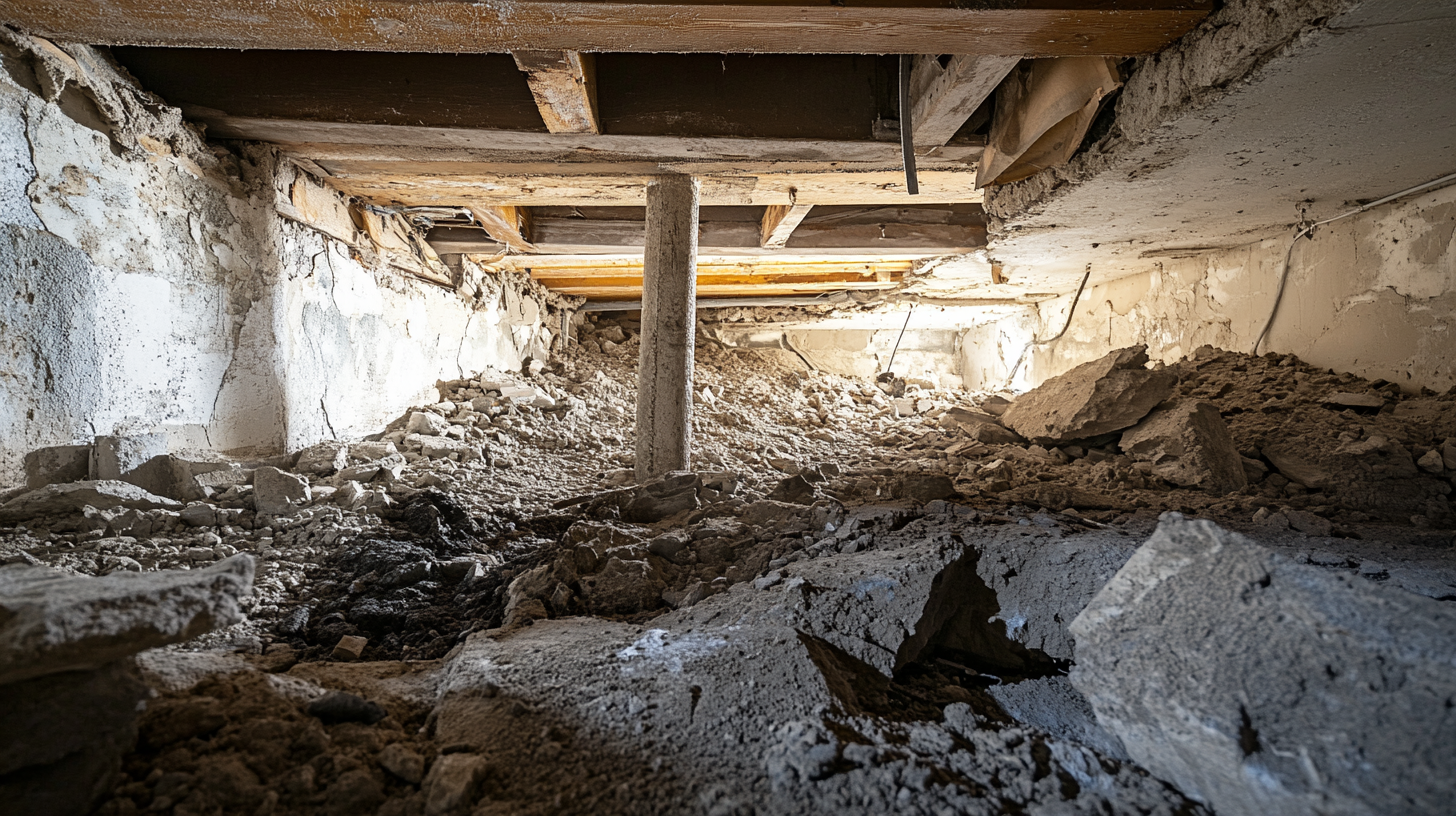

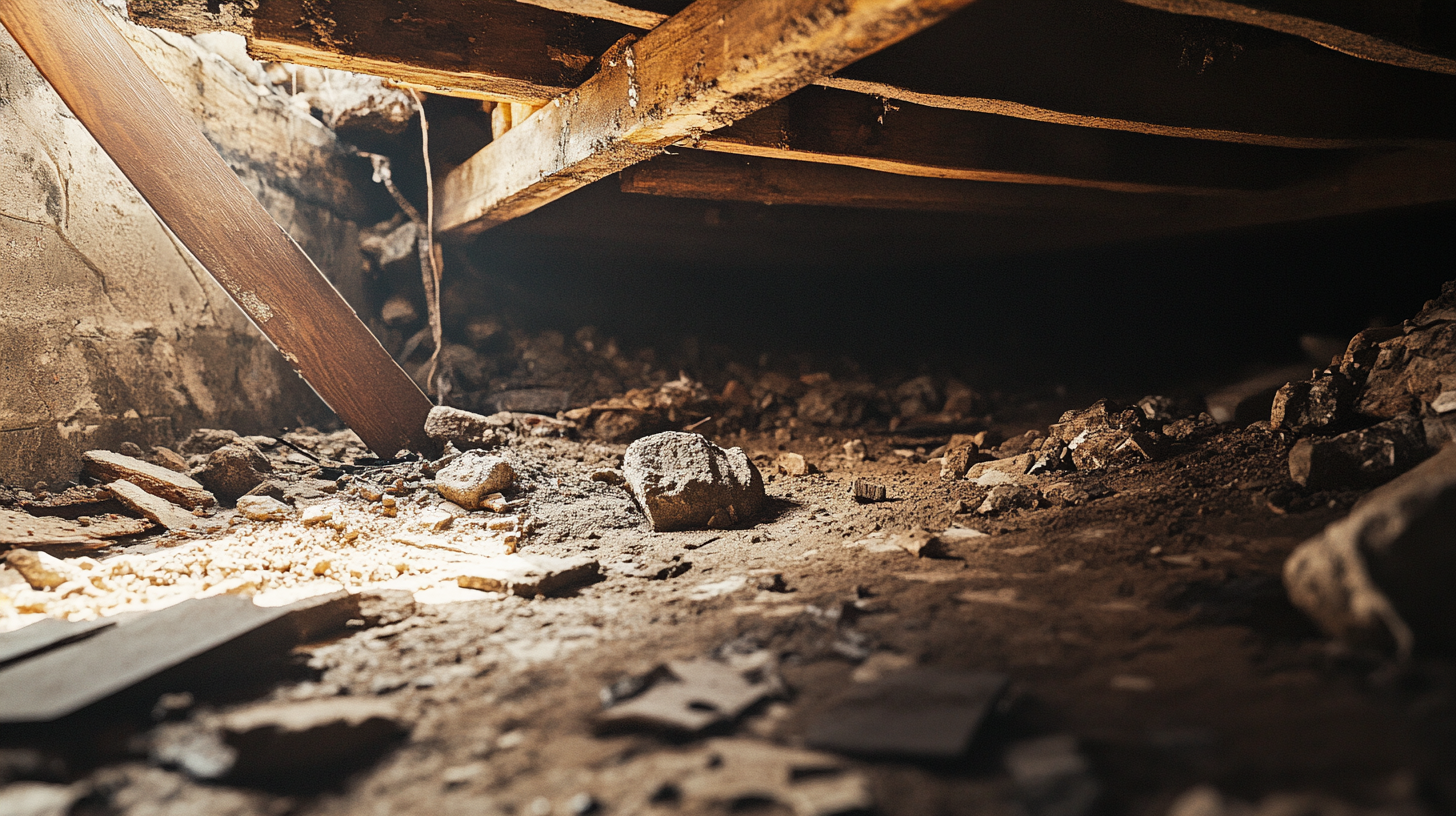
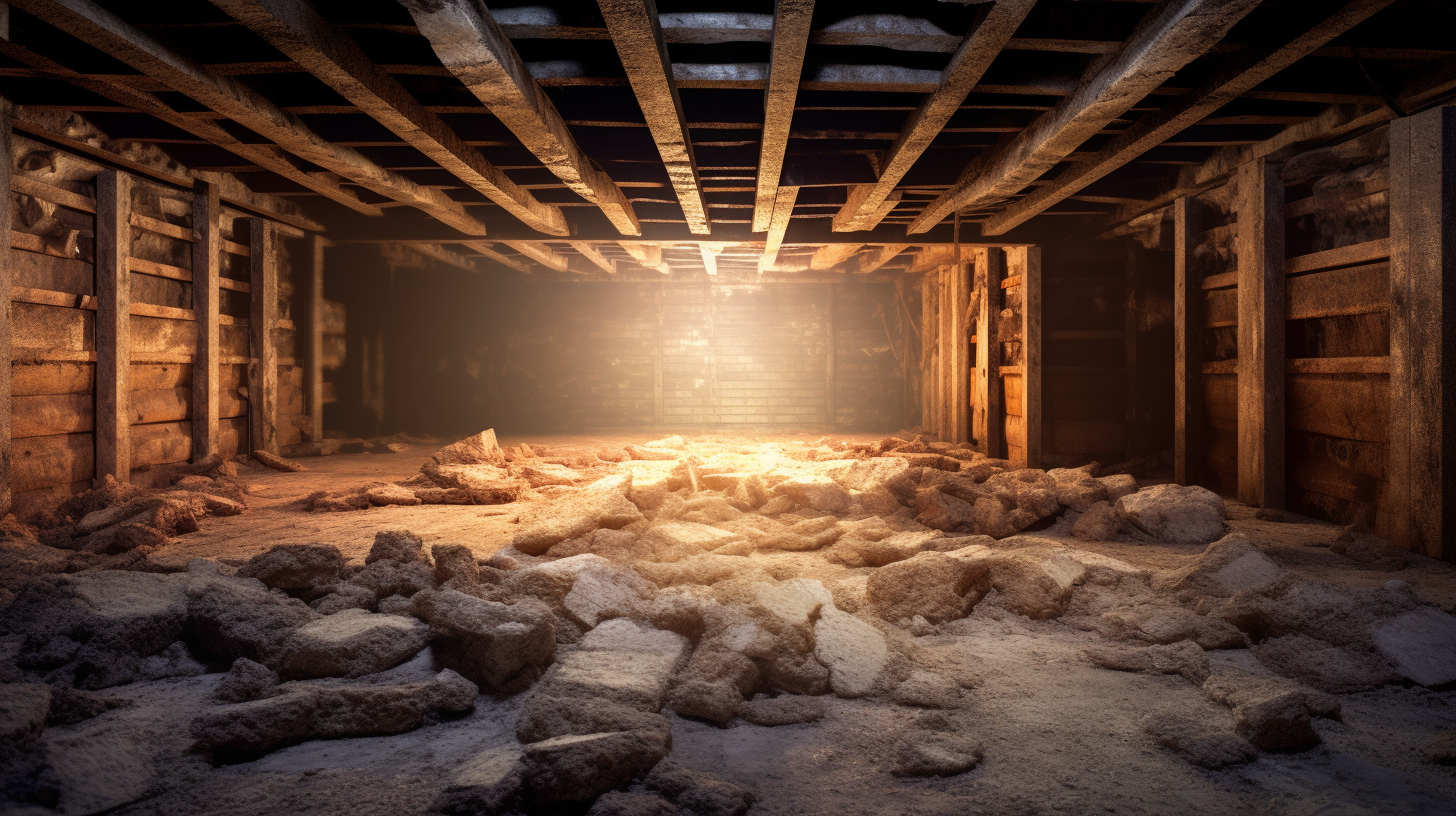
Got a Question? We’re Here to Help.
You can arrange an appointment or make an enquiry by phone or email, orget in touch to us via our contact form.
